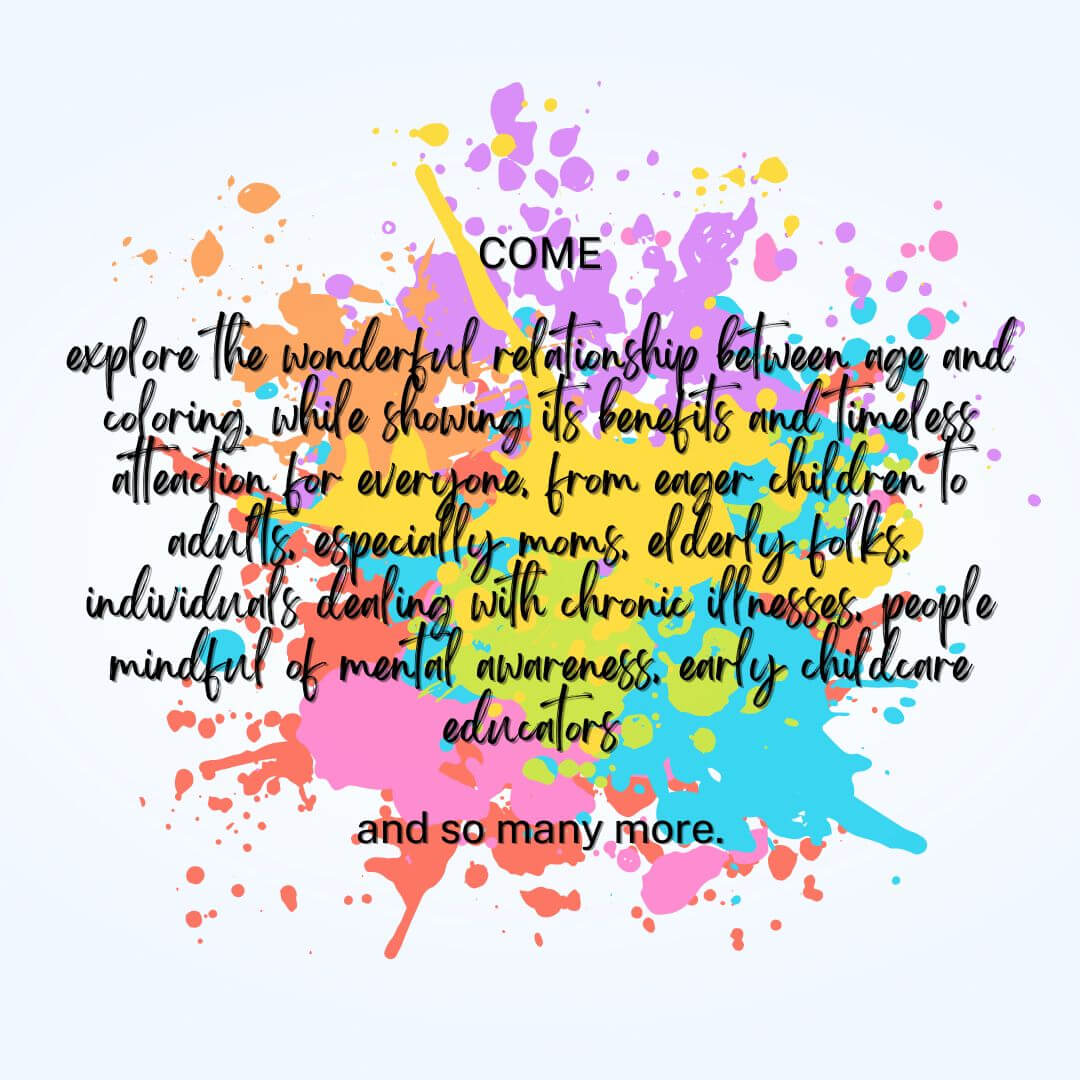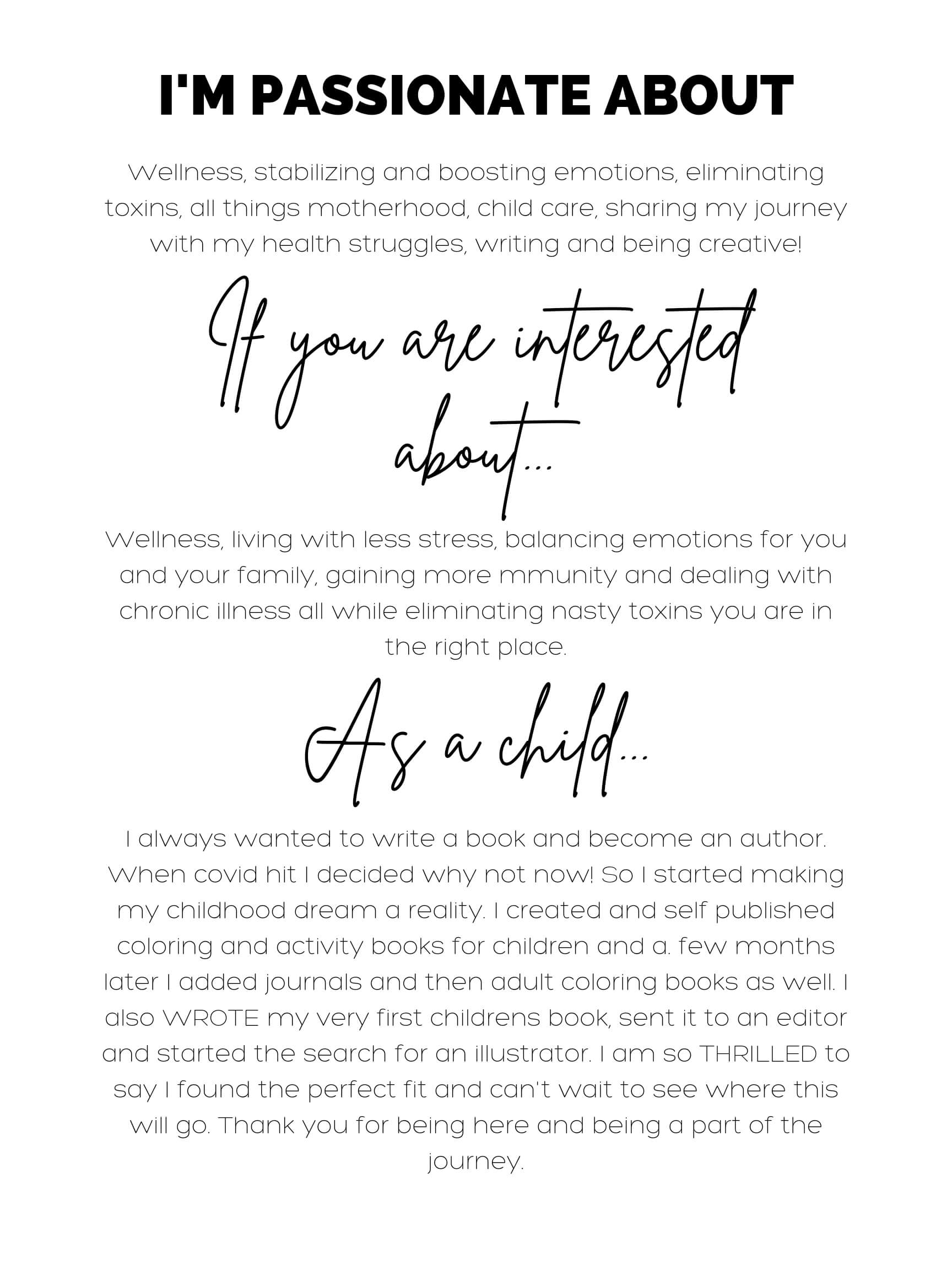
In the many activities that spread across generations, coloring holds a special place. From the moment a child can grip a crayon and bring a page to life with bursts of their first squiggly lines of color, to adults finding comfort and creativity in more complex patterns of an adult coloring book, coloring is a universal joy. This blog will explore the wonderful relationship between age and coloring, while showing its benefits and timeless atteaction for everyone, from eager children to adults, especially moms, elderly folks, individuals dealing with chronic illnesses, people mindful of mental awareness, early childcare educators and so many more.
The First Scribble
The adventure into the world of coloring begins the moment a child can grasp a crayon. This simple act is more than just play. It's a critical step in their developmental journey which can occur around 12 - 15 months of age. Hand over hand can help guide a young child into learning this skill. Coloring helps young children improve their motor skills, encourages concentration, and provides a picture for expressing their emotions and creativity. For early childcare educators, coloring is a valuable tool in nurturing a child's growth, offering a foundation for learning that is as enjoyable as it is educational.
Coloring For All
Coloring has no age limits. Its benefits go far beyond childhood, offering relaxation, stress relief, and creative expression for adults. For moms juggling the demands of family life, coloring can (and is) be a peaceful escape. For those managing chronic illnesses or navigating the challenges of mental health, it becomes a therapeutic outlet. Coloring allows for mindfulness, which helps support the present moment and alleviate anxiety.
The Therapeutic Touch
Recent years have seen a growth in the popularity of adult coloring books, with designs ranging from quiet landscapes to elaborate mandalas. The reason? Coloring has been recognized for its therapeutic properties. It engages the brain in a way that reduces activity in a certain part of the brain called the amygdala, which controls our emotion and how it is affected by stress. For individuals facing chronic illnesses or mental health issues, coloring can be a soothing distraction and can help overall well-being.
A Community of Color
Coloring fosters a sense of community. Shared coloring sessions provide a space for social interaction, whether in person or through online platforms where enthusiasts and artists share their finished work or tips. Check out my website to see my communities finished coloring pages and send yours in to me so we can share the joy of the simple act of coloring.
Lifelong Learning and Joy
For educators, coloring is not just an activity but a teaching tool that enhances learning. It can be used to teach about colors, shapes, patterns, and even traditions through the choice of coloring pages. It encourages patience and attention to detail, skills that are beneficial at any age.
In Conclusion
From the first time a child wraps their tiny fingers around a crayon to the moments an adult selects the perfect shade to complete an intricate design, coloring remains a source of joy, creativity, and tranquility. It goes beyond age, serving as a string that connects generations through the simple act of adding color to a page. In a world of busyness which demands so much from us, coloring is a reminder of spreading joy, the peace in a stroke of color, and the bond in shared experiences. It's never too early or too late to pick up a crayon or colored pencil and start coloring.



0 Comments